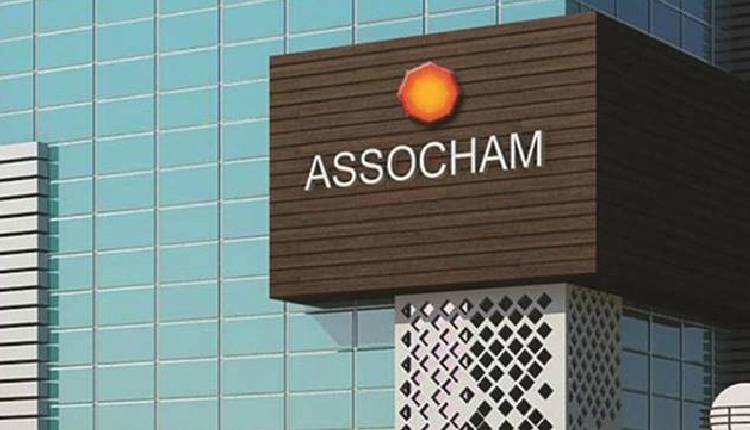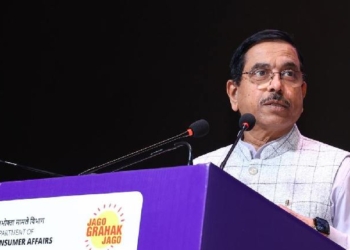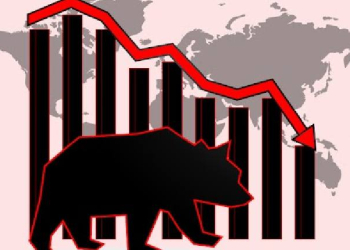New Delhi: The reduction in the policy interest rates by the Reserve Bank of India (RBI) is a catalyst for boosting demand across different sectors of the economy, a top industry body said on Friday.
In a bid to provide flexibility to respond to the macroeconomic environment, RBI Governor Sanjay Malhotra announced the repo rate cut by 25 basis points to 6.25 per cent.
According to Associated Chambers of Commerce and Industry of India (ASSOCHAM) President Sanjay Nayar, the 25 basis points cut in the repo rate would help push demand in several key sectors of the economy, including housing, automobile, and consumer durables amongst others.
“Any drop in cost of borrowing gives a positive push not only to the demand side of the economy but also helps corporate balance sheets,” he added.
As RBI MPC kept the inflation forecast unchanged for the current financial year, Nayar further mentioned that if the inflation rate retains its downward trend, “we could expect further rate cuts by the RBI in the next few quarters”.
He said that inflation has declined and is expected to further moderate and gradually align with the RBI’s target.
The ASSOCHAM said it is confident that the RBI, with the support of the government, would continue to ensure stability in the foreign exchange market as well in the face of pressure from the rising dollar on the emerging markets.
“We need to be watchful about the evolving global geo-political tensions and protectionist trade policies amongst major economies of the world, Indian policy prescription be it fiscal or monetary, is responding in an appropriate manner,” said concluded.
“The RBI decision to start the easing cycle with a 25-bps cut was timely, contextual and also well communicated with respect to regulatory changes in transition to ensure a seamless and non-disruptive manner,” SBI Chairman C.S. Setty said.
He added that the RBI growth and inflation forecasts for FY26 clearly show the delicate tradeoff between growth and inflation.
“The regulatory announcement on forward contract, reviewing trade settling cycle and addressing cyber security in banks and payment systems will ensure better price discovery, more broad basing of participants and ensuring trust in digital banking,” Setty noted.
The RBI’s decision to cut the repo rate by 25 bps is the first one since May 2020. The decision is likely to boost consumption and investment.
(IANS)
















